I was honored to be featured at the Leadercast Website as part of their July 2020 topic: Influence.
Leadercast gives you access to hundreds of short videos from CEOs, researchers, peers and experts for insights and solutions to conquer any leadership challenge that comes your way.
Check my article here, or read it below.
Successful organizations have leaders who can quickly adapt to change. Yet there’s no manual on how to effectively influence employees to drive actions toward desired change.
Ever since we were kids, we were told that our actions made us good: “Be a good boy and clean up your room,” or “Be a good girl and do your homework before dinner.” As adults, we often see that the ones who are being promoted or recognized in our organizations are the ones who get things done, and we strive to do the same.
The problem is that there are some areas, like leadership, where actions are not enough. Acting without any awareness of who we are as leaders will not lead to the desired outcome.
For example, when you look at athletes during a game or contest—when the crowd is cheering for the other team and heckling them, or when they miss a shot and have to keep going, or when the final point of the game is all up to them—the one who wins is the one who can manage their Being energy while continuing with their actions. This is why I consider Being energy as a force because it can slow us down or help us thrive. When we want to influence others to join our ideas, what we really want to do is move others toward a desired change. The problem with change is that the bigger it is, the more emotions, thoughts, and concerns we have, which means that Being energy is taking up more space and slowing down our actions. One of my clients who led a large organizational change forgot that it took her a while to process her emotions and thoughts before the change was announced to employees. When she met with her new team, she forgot that these employees hadn’t had the time to process their thoughts and emotions like she did when she found out. And when she pushed the conversation toward action, she was met with sarcasm and no results. “They were so rude to me,” she shared with me after the meeting. I responded, “Remember a few months ago when you needed time to process your emotions and concerns surrounding the change? Have you paid attention to their Being energy?” In the next meeting, rather than rushing them to action, she said, “I understand there are some concerns with the new reality. How about we put the plan aside and have a conversation about how we feel and our concerns. I will start.” Being the first to share, her team opened up and shared their thoughts, too. Quickly after that, they were able to move into action without feeling rushed and trust was established in the process. Here are a few pointers that can help you influence people while addressing the Being force:
Clarity. Why is this change important? Does your team have clarity and understanding of why this change is needed? Don’t be surprised if people don’t have the desire to follow you in the change right away. Go back and do the work with a mentor or a coach to get clarity about your why, values and vision, and provide clarity to your team.
Rushing to action. When you sense resistance to change internally or externally, it is time to lean back and realize that your focus is on the Doing energy. Instead, dare to address the Being energy in the room and/or within. When you direct your energy to the Being force within or with others, you move to what I call BEyond leadership. Not only will you be able to influence and lead change again and again, but you will be able to open up and feel the momentum. You will see beyond yourself, beyond your values, and beyond your vision to now engage others in your leadership and help them grow into their best selves.



